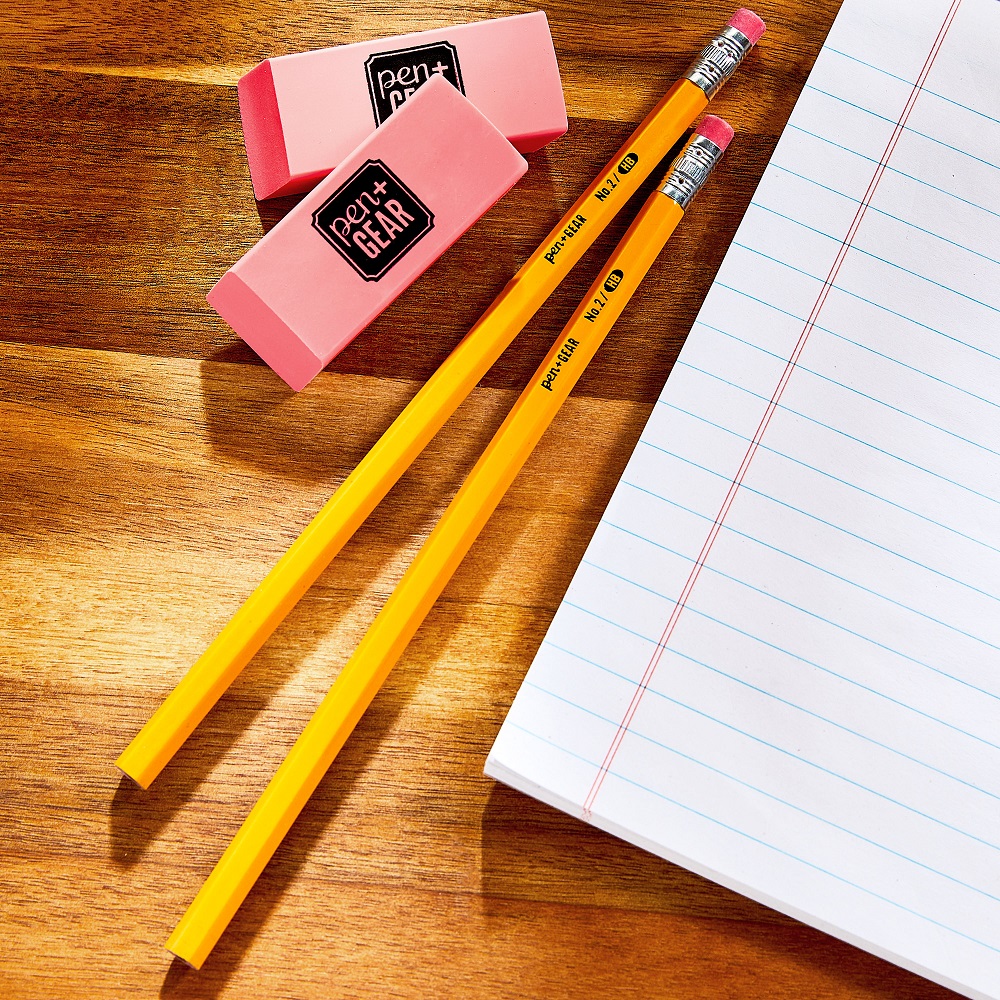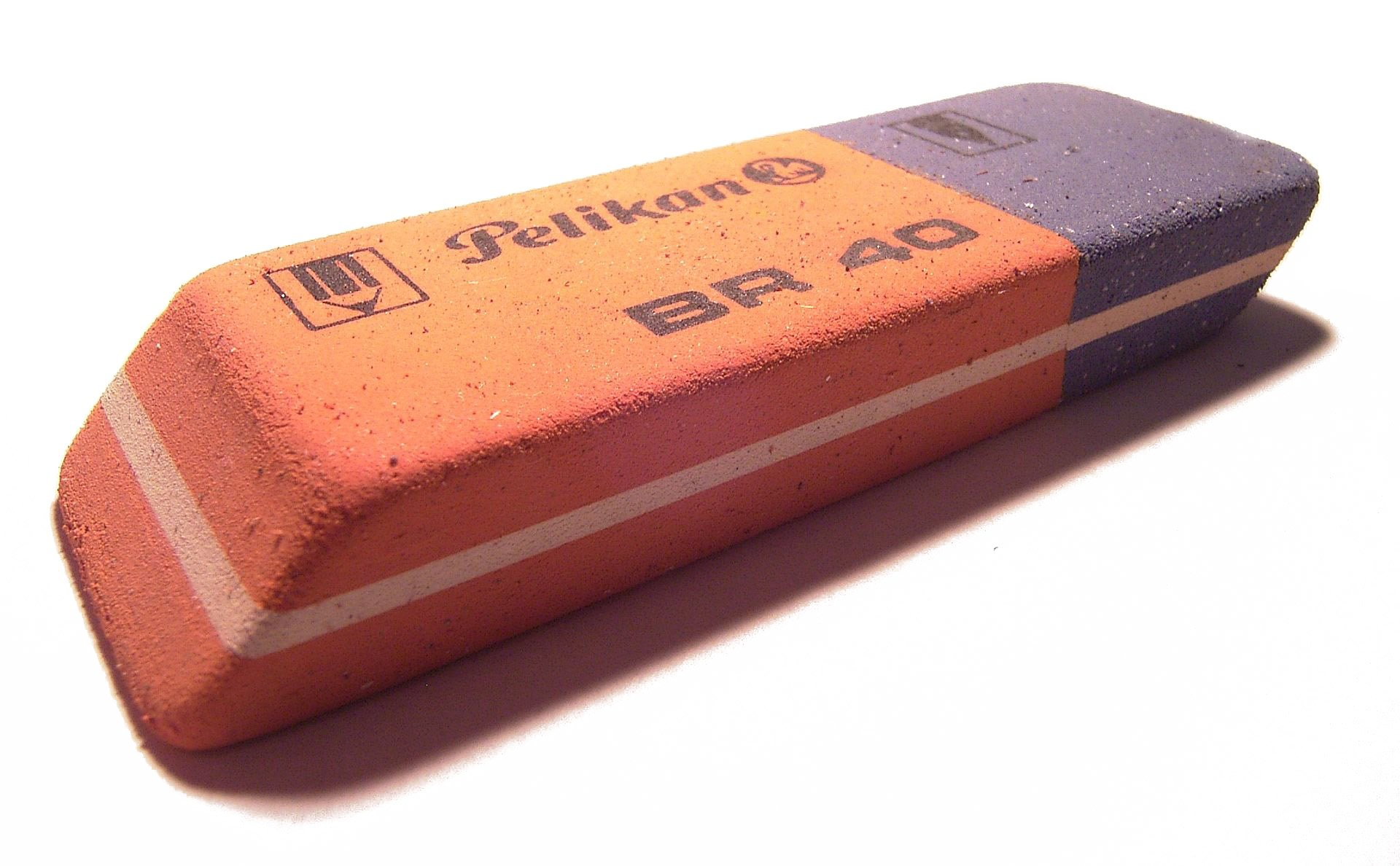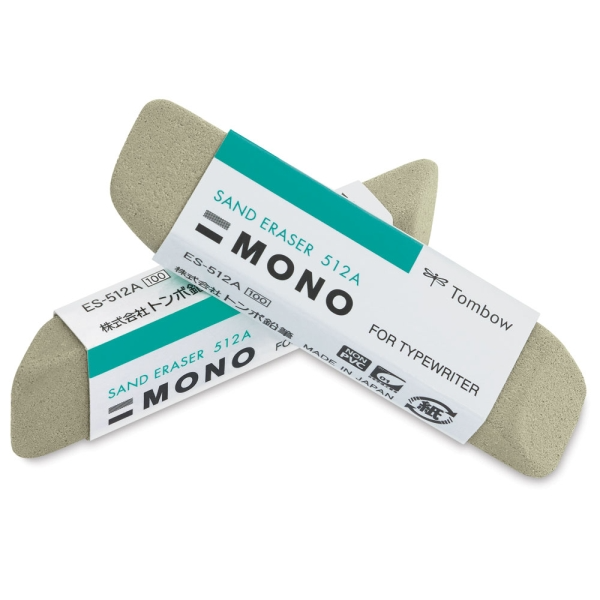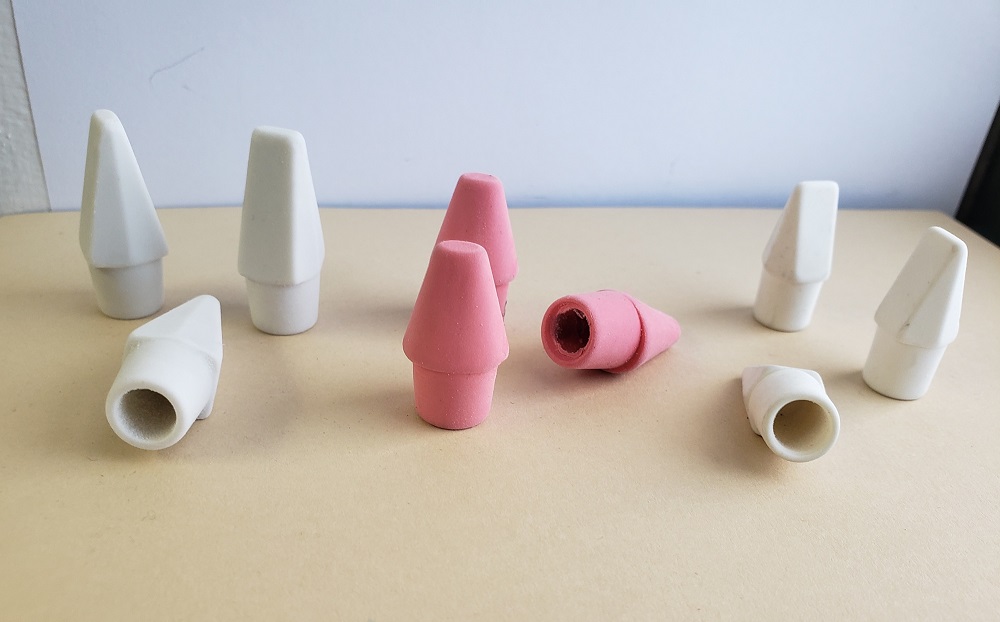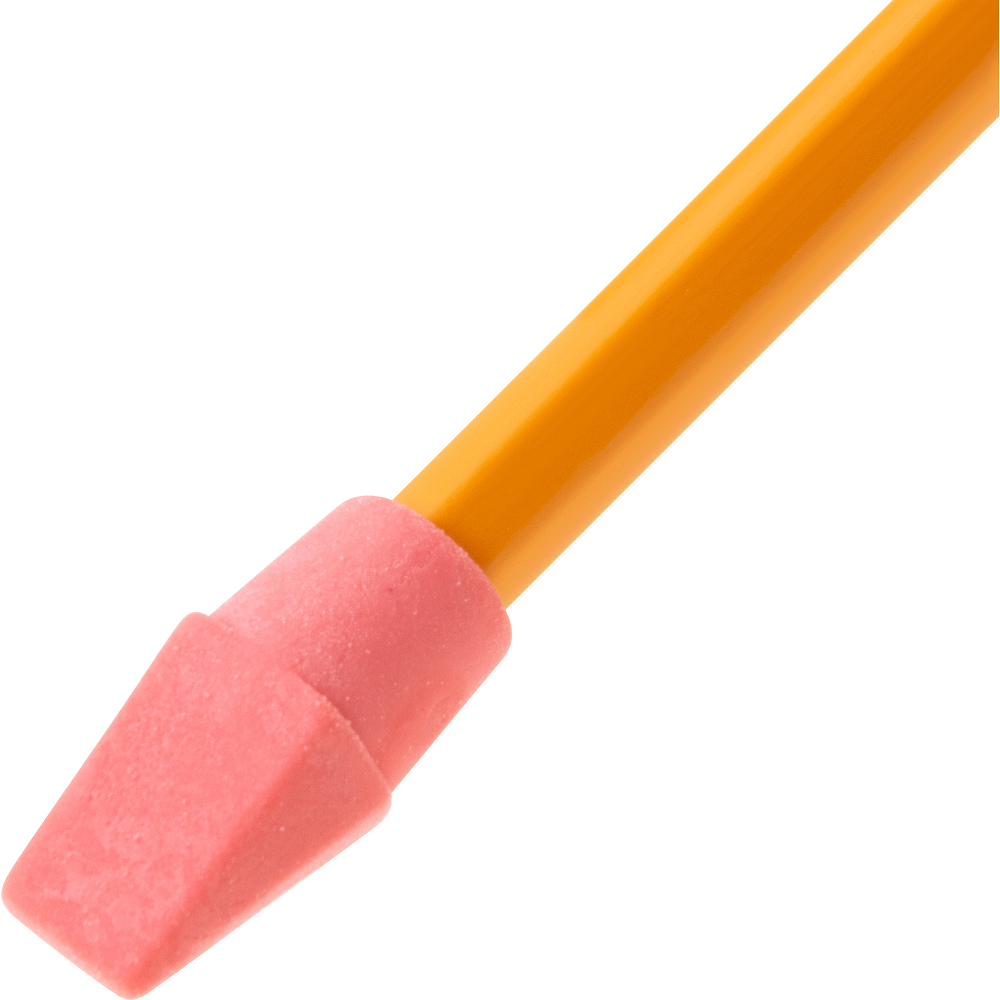Introduction:
From the scribbles of childhood to the intricate notes of adulthood, the humble pencil eraser plays a crucial role in every writing endeavor. Often overlooked in its simplicity, the pencil eraser holds the power to correct mistakes, refine creations, and pave the way for perfection on paper. In this comprehensive exploration, we delve into the fascinating world of pencil erasers, uncovering their history, innovations, uses, and importance in the realm of writing and creativity.
The Evolution of Erasure:
The concept of erasing mistakes dates back centuries, with early civilizations using abrasive materials like pumice stones and sand to remove marks from writing surfaces. The invention of rubber in the 18th century paved the way for the modern eraser, revolutionizing the process of correction in writing. As pencils gained popularity as a versatile writing tool, the integration of rubber erasers at the end of pencils marked a significant milestone in the evolution of erasure technology.
The Anatomy of a Pencil Eraser:
A pencil eraser, despite its seemingly straightforward appearance, is a sophisticated tool crafted with precision and care to fulfill its essential role in the world of writing and art. Understanding the intricate anatomy of a pencil eraser unveils the science and craftsmanship behind this unassuming yet indispensable instrument.
Composition:
The composition of a pencil eraser is a carefully curated blend of materials chosen for their erasing efficacy and durability. Traditional erasers are typically made from synthetic rubber compounds that offer a perfect balance of softness and resilience. This blend ensures that the eraser can effectively lift graphite marks from paper without leaving smudges or causing damage to the surface. Modern erasers may incorporate alternative materials such as vinyl or plastic, each offering unique properties that cater to specific erasing needs.
Texture:
The texture of a pencil eraser plays a crucial role in its erasing performance. A well-designed eraser possesses a soft and pliable texture that allows it to conform to the surface of the paper, ensuring thorough and gentle removal of marks. The smooth surface of the eraser minimizes friction, reducing the risk of tearing or damaging the paper during the erasing process. The ideal texture strikes a delicate balance between firmness for precise control and softness for effortless erasure.
Shape and Design:
Pencil erasers come in a variety of shapes and designs tailored to different user preferences and applications. The classic block eraser features a rectangular or oval shape that provides a broad erasing surface for general corrections. Some erasers are molded into specific shapes such as cylinders or wedges, allowing for more precise erasing in tight spaces or detailed work. Erasers integrated into the end of pencils, known as eraser tips, boast a convenient and compact design that combines erasing functionality with writing convenience.
Eraser Core:
At the core of every pencil eraser lies a solid mass of erasing material, whether rubber, vinyl, or another compound. This core is responsible for maintaining the structural integrity of the eraser and ensuring consistent erasing performance throughout its lifespan. As the outer layers of the eraser wear down with use, the core gradually emerges, providing a fresh surface for continued erasing. The quality and density of the eraser core directly impact its longevity and effectiveness in removing marks from paper.
Additives and Enhancements:
Innovations in eraser technology have led to the incorporation of additives and enhancements that elevate the erasing experience. Some erasers feature added abrasives or grits to tackle stubborn marks or colored pencils with ease. Specialized erasers designed for artists may include non-abrasive formulas to prevent smudging and preserve delicate artwork. Ergonomic grips, retractable mechanisms, and scented variants are among the many enhancements that cater to diverse user preferences and enhance the overall erasing experience.
Environmental Considerations:
With growing awareness of environmental sustainability, manufacturers are exploring eco-friendly alternatives in eraser production. Biodegradable materials, recycled rubber, and non-toxic formulations are increasingly being adopted to minimize the ecological footprint of erasers. By prioritizing sustainability in eraser manufacturing, companies demonstrate their commitment to responsible stewardship of natural resources and reducing waste in the production and disposal of erasing products.
Maintenance and Care:
Proper maintenance and care are essential to prolonging the life and performance of a pencil eraser. Keeping the eraser clean by periodically brushing off accumulated debris or residue helps maintain its erasing efficiency. Storing erasers in a cool, dry place away from direct sunlight and extreme temperatures prevents them from drying out or becoming brittle. Avoiding excessive pressure or overuse when erasing and replacing worn-out erasers in a timely manner ensures consistent results and prevents damage to paper surfaces.
Erasing Techniques and Tips:
Efficient erasing is an art form that requires technique and finesse. Whether erasing a single word or a complex sketch, mastering different erasing techniques can enhance the quality of corrections and maintain the integrity of your work. From gentle dabbing motions to controlled strokes, each erasing method serves a specific purpose in achieving clean and seamless results. Additionally, using a clean and well-maintained eraser, applying the right amount of pressure, and avoiding excessive rubbing are essential tips for effective erasing without damaging the paper.
Innovations in Eraser Technology:
As technology advances, so does the realm of eraser innovation. From eraser-tipped mechanical pencils to eraser pens with precision tips, manufacturers continue to explore new designs and functionalities to meet the evolving needs of users. Specialized erasers for artists, architects, and students offer unique features such as non-abrasive formulas, retractable designs, and ergonomic grips for enhanced comfort and control. The integration of eco-friendly materials in eraser production further highlights the industry’s commitment to sustainability and environmental responsibility.
The Psychological Impact of Erasing:
Beyond its practical function, the act of erasing carries psychological implications in the creative process. For writers, artists, and designers, erasing mistakes symbolizes a chance for refinement, growth, and perfection. The ability to erase empowers individuals to experiment, take risks, and push boundaries without the fear of irreversible consequences. Embracing the erasing process as a natural part of creation fosters a mindset of continuous improvement and encourages creative exploration without self-imposed limitations.
Erasing in the Digital Age:
In an era dominated by digital technologies, the role of traditional erasers may seem diminished. However, the essence of erasing lives on in digital platforms through the virtual “undo” and “delete” functions. While digital tools offer instantaneous corrections and infinite revisions, the tactile experience of using a physical eraser retains a sense of nostalgia and craftsmanship in the art of writing. The synergy between analog erasing and digital editing showcases the enduring significance of erasure in preserving the integrity of ideas and fostering creative expression across mediums.
The Art of Erasing:
Exploring Creative Possibilities:
For artists and illustrators, the pencil eraser serves not only as a tool for correction but also as a medium for artistic expression. By utilizing various erasing techniques, artists can create highlights, textures, and intricate details in their drawings, adding depth and dimension to their compositions. The strategic use of erasers in conjunction with pencils, charcoal, and other drawing tools unlocks a world of creative possibilities, allowing artists to manipulate light, shadow, and form with precision and nuance.
Preserving History:
The Legacy of Erased Marks:
In archaeological and historical contexts, erased marks hold a wealth of information and intrigue for researchers and scholars. Traces of erased inscriptions, drawings, and manuscripts provide insights into past cultures, practices, and beliefs, offering glimpses into forgotten narratives and hidden stories. Through advanced imaging techniques and meticulous analysis, experts can uncover the secrets concealed beneath erased layers, unraveling mysteries and piecing together the puzzle of human history one erased mark at a time.
Conclusion:
The pencil eraser stands as a symbol of innovation, creativity, and resilience in the world of writing and expression. Its unassuming presence belies its profound impact on the process of creation, correction, and self-discovery. As we celebrate the versatility, ingenuity, and timelessness of the pencil eraser, let us remember its role not just as a tool for erasing mistakes but as a catalyst for inspiration, transformation, and the endless pursuit of perfection in every stroke of the pen and pencil.
